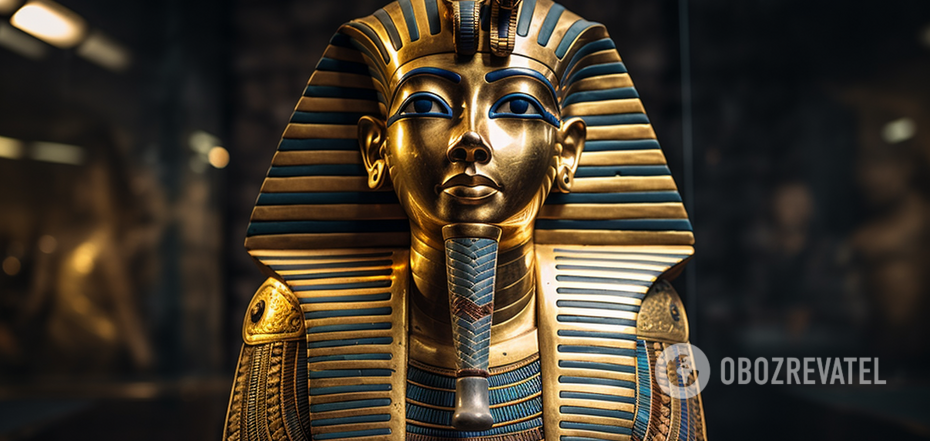Life
Tutankhamun was not really a sickly boy: the mystery of the century is solved
The life of the Egyptian pharaoh Tutankhamun has long attracted the attention of history buffs and scholars. Despite his early death at the age of 18-19, he became one of the most famous rulers of Ancient Egypt, and the discovery of his miraculously surviving tomb was a huge event that was noticed far beyond the archaeological community.
Until now, it was believed that Tutankhamun was a sickly man, with a clubfoot and a bad walk. But, as Mail Online writes, Egyptology experts have stated that this assumption is most likely completely false.
The assumption about Tutankhamun's illness arose because scientists found 130 walking sticks in his tomb that could have been walking sticks. Some of them survived, others were preserved only in fragments. But now, three experts on ancient Egypt have said at the Cheltenham Science Festival that the canes most likely had a completely different meaning.
Thus, Egyptian biomedical scientist Sofia Aziz, who studied the mummy of Tutankhamun, said that the young pharaoh probably did not have the clubfoot that is attributed to him. According to her, this defect could have "arisen" in the ruler during the process of mummification of his body. The application of oils and tight bandaging are quite capable of distorting the lifetime shape of the foot. She called the canes found in the tomb a sign of royalty.
Aziz said that the widely known loss of the middle bone on Tutankhamun's second toe could have occurred when his body was transferred to a box of sand. Someone could also have taken the bone as a souvenir.
The scientist, who has studied more than 50 mummies, told the conference that in fact, Tutankhamun's foot bones show no signs of clubfoot. They are quite straight and generally not deformed. Nothing indicates that the Egyptian ruler had difficulty walking.
It is known that the tomb in which Tutankhamun was buried was discovered in 1922 by archaeologist Howard Carter. The artefacts contained in it indicated that the deceased became a pharaoh at the age of 9, which happened in 1336 BC. And then he died suddenly at the age of 18 or 19. Currently, some experts suggest that the items from the tomb indicate that the young ruler was not a sickly boy, but a warrior. In particular, leather armour and various weapons were found next to his mummy.
The idea that Tutankhamun was a sickly young man was also refuted by the curator of the Egyptian Museum in Manchester, Dr Campbell Price. He considers this assumption to be a myth. The researcher added that the way Egyptian artists depicted pharaohs had little to do with reality, as the rulers were considered living gods and attributed incredible traits and abilities to them.
Dr Price suggested that the timing of the discovery of Tutankhamun's tomb played a role in creating the image of a sickly young man. This happened immediately after the First World War, when many young men died on the battlefields. This is why there was a collective sympathy for the pharaoh, who died at such an early age.
This theory is supported by the fact that the canes found in the tomb were decorated with images of Tutankhamun's enemies. For example, representatives of the neighbouring Nubian people. This means that they were unlikely to be purely utilitarian in nature and rather ceremonial.
Earlier, OBOZREVATEL told you about a discovery that could radically change the perception of the Mayan people, who seem to have had a highly developed civilisation.
Subscribe to OBOZREVATEL's Telegram and Viber channels to keep up with the latest news.



























